Description
1,1-Dimethylbiguanide Hydrochloride, White Powder
- It has various medical uses such as in polycystic ovary syndrome, non-alcoholic fatty liver disease and diabetes mellitus type 2.
- It may also reduce weight gain in people taking atypical antipsychotics. 1,1-Dimethylbiguanide hydrochloride is suitable biguanide agent used in a study to investigate its role in enhancing the secretions of plasma active glucagon-like peptide-1 (GLP-1) levels.
- 1,1-Dimethylbiguanide, Hydrochloride (Metformin) is a biguanide antihyperglycemic agent. 1,1-Dimethylbiguanide hydrochloride (metformin) is a strong base.
- It forms well defined salts and possessing excellent coordination capacity with transition metals, forming highly colored bidentate chelate complexes.
- Metformin (MET) exists in various forms: diprotonated (H2MET)2+ in strong acidic solution, monoprotonated (HMET)+ in weak acid, MET in neutral and deprotonated (MET)- in strong alkali solution. It is an oral antidiabetic drug.
- Pharmacokinetics of metformin has been studied. Determination of metformin in human plasma has been described by simple HPLC-UV method.[5] Metformin is reported to increase plasma active glucagon-like peptide-1 (GLP-1) in humans
| CAS | 1115-70-4 |
| Molecular Formula | C4H12ClN5 |
| Molecular Weight (g/mol) | 165.63 |
| MDL Number | MFCD00012582 |
| InChI Key | OETHQSJEHLVLGH-UHFFFAOYSA-N |
| PubChem CID | 14219 |
| IUPAC Name | hydrogen 1-[(diaminomethylidene)amino]-N,N-dimethylmethanimidamide chloride |
| SMILES | [H+].[Cl-].CN(C)C(=N)N=C(N)N |

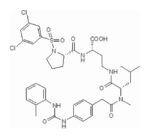


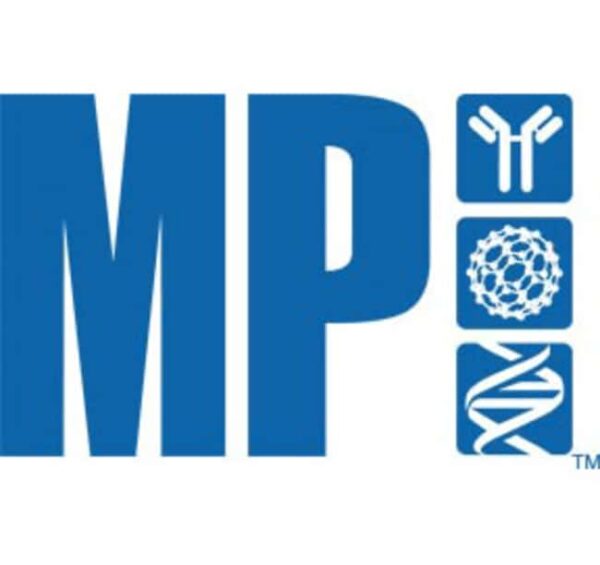

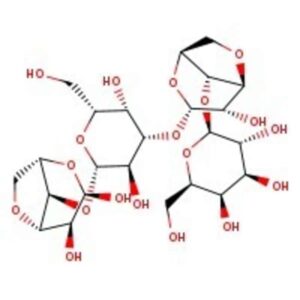

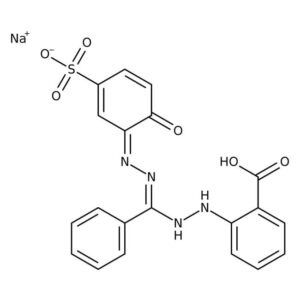
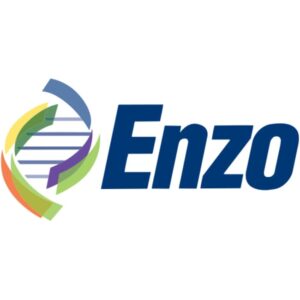
 Agarose Multipurpose, MP Biomedicals
Agarose Multipurpose, MP Biomedicals